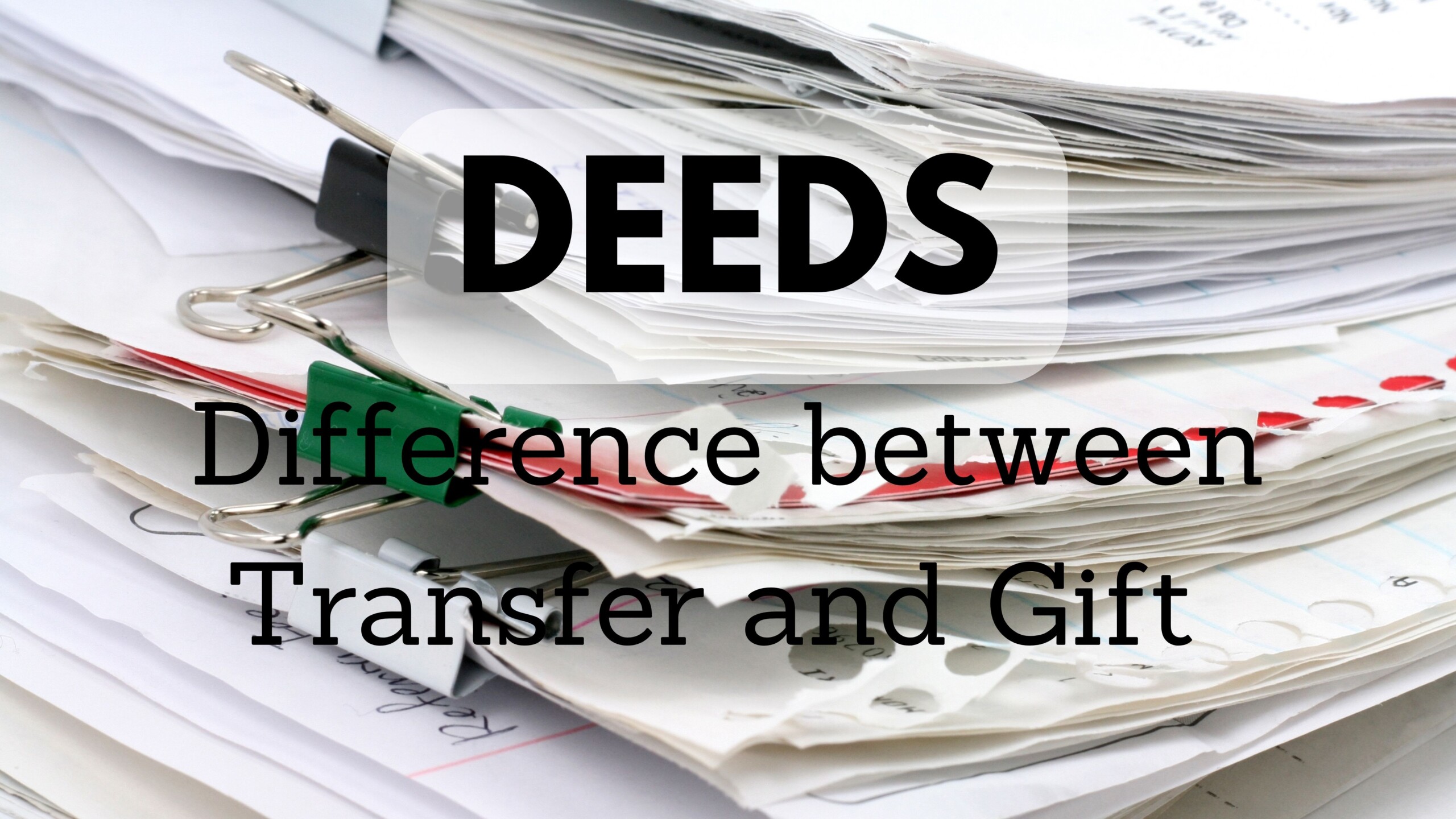

- #Import recording into fuzzmeasure update
- #Import recording into fuzzmeasure Patch
- #Import recording into fuzzmeasure zip
Once you restart SpectraFoo, the app will create a new SpectraFoo Pref file and things should be stable. There is no reason to delete the folder & the other files unless you are having issues while successfully running SpectraFoo which may be caused by another preference file. Put that in the trash, empty and restart Foo. Once inside the “SpectraFoo Preferences” folder you will find a file called: Library/Preference/SpectraFoo Preferences Hold the option key while choosing the “GO” menu in the Finder, and choose “Library” from that menu. In Mountain Lion (10.9), your user library is hidden from you by default. In OSX versions prior to 10.9, your library is located: If Foo crashes and then refuses to reopen without crashing again, have no fear.
#Import recording into fuzzmeasure update
Sound on Sound – Analog Tape Machine Maintenanceĭepending on your current configuration, it’s possible for Foo to update the main preference file to a state that is unstable. This is what it looks like when you turn off the measurement tool & clear the realtime data while showing all the snapshots. In SpectraFoo Complete there are the following options to choose from. I was curious how the different data point (the size of the sample window) affects a measurement. Obviously measuring things wrong and then making decisions and corrections based on bad measurement information is a waste of time at best. SpectraFoo Transfer Functions 101- basics As long as they all measurement exactly the same against another, you can move on to making more complicated measurements. If your audio interface has more than 2 channels, it would be wise to measure each one against another. If I reverse the signal assignment settings, the phase response trace will still be perfect but the frequency response trace will indicate -12db instead of at +12db. In this case, I created this gain mismatch by boosting the gain on one of the inputs. In either one of these cases, the measurement might look like this.
#Import recording into fuzzmeasure Patch
This could be due to different gain settings on the audio interface which is simple to correct & verify or you may have a patch cable that is wired wrong. If you have a perfect phase trace but the frequency response trace doesn’t align to the 0db marker, you have a gain discrepancy. The expected measurement will have perfect frequency and phase response traces.

Assuming that everything is functioning and the cables are wired correctly, we are comparing identical signal paths so the measurement should be perfect. In this measurement process we measurement two signals passing through the same analog circuitry and D/A A/D converters. IF YOU’RE NOT ABSOLUTELY SURE WHAT THIS ALL MEANS, AVOID USING XLR CABLES AND YOU SHOULD BE SAFE (WITH THE EXCEPTION OF THE METRIC HALO 2882!!!! (2) patch cables (may be XLR to XLR / XLR to TRS / TRS to TRS / TRS to TS / TRS to RCA) WARNING – IF YOU PATCH AN OUTPUT INTO AN INPUT WITH PHANTOM POWER TURNED ON YOU MIGHT BLOW UP YOUR INTERFACE!!!) (1) audio interface (two channel minimum & preferably with balanced input and outputs) This measurement is about as simple as it can get. This test verifies they match in gain and that there are no malfunctions. One of the first measurements I recommend performing is to measure the outputs of your audio interfaces against the inputs.
#Import recording into fuzzmeasure zip
Standard wireless rig for measurement purposes?Īrmed with the key commands, you’re ready to zip through some measurements… These are the places to stop the measurement and clear the window.Īll of the functions mentioned above can be achieved with key commands: When you’re saving snapshots and then comparing them, it’s sometimes helpful to discontinue the measurement process and clear away any remaining data on the screen so you’re only looking at snapshots. This is what the overlay list looks like for this measurement process. In that same area is a button to display the snapshot overlay list. In order to keep track of the difference (if any), I took a snapshot via the “TAKE SNAPSHOT” button at the bottom left side of the TF window. Here is an example of a overlay I recently made using snapshots. SpectraFoo calls these saved measurements “snapshots” and you manage them in the overlay list window. Transfer function tools allow for saving data, managing what shows in the measurement window and even to recall the data at a later time if you save your measurements. Since the purpose of a transfer function is to compare signals you might want to compile a list of measurements and them compare them at the same time.


 0 kommentar(er)
0 kommentar(er)
